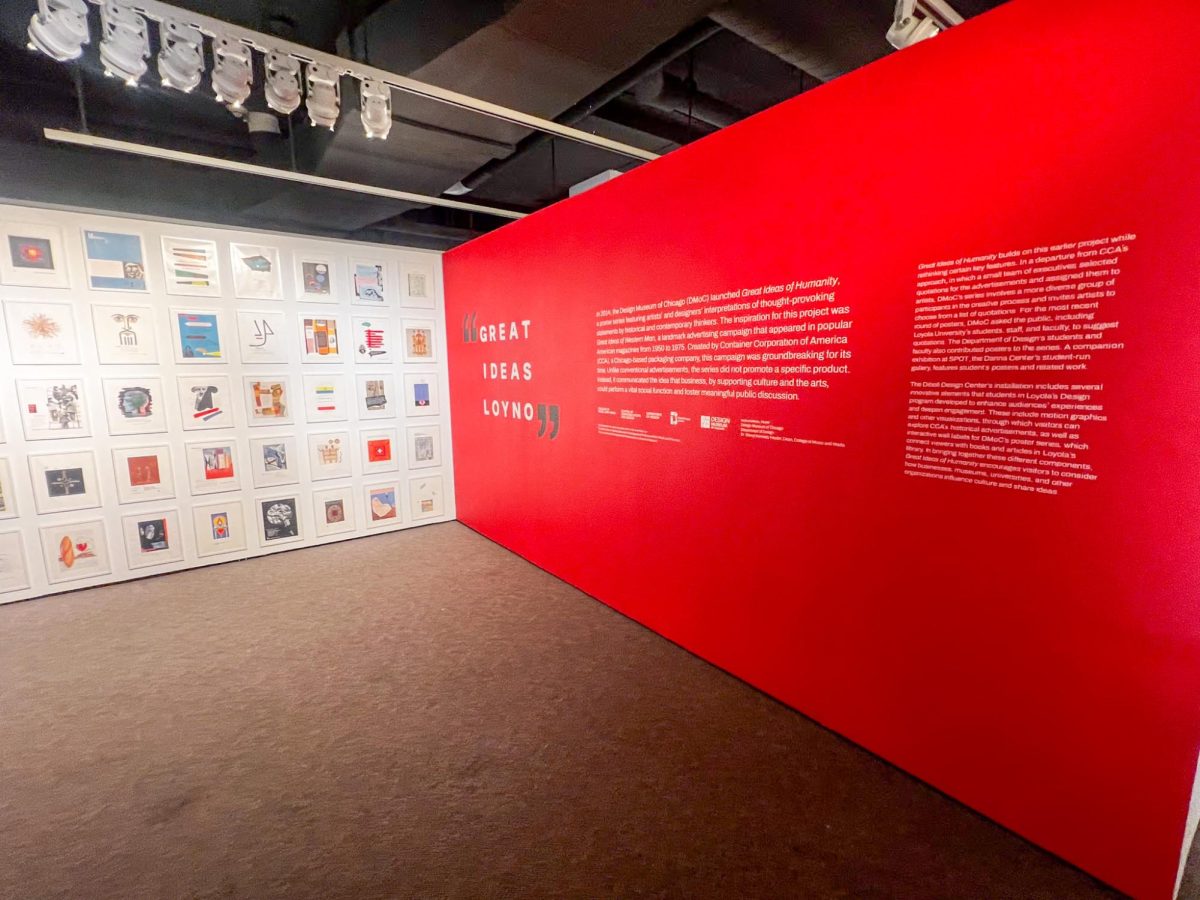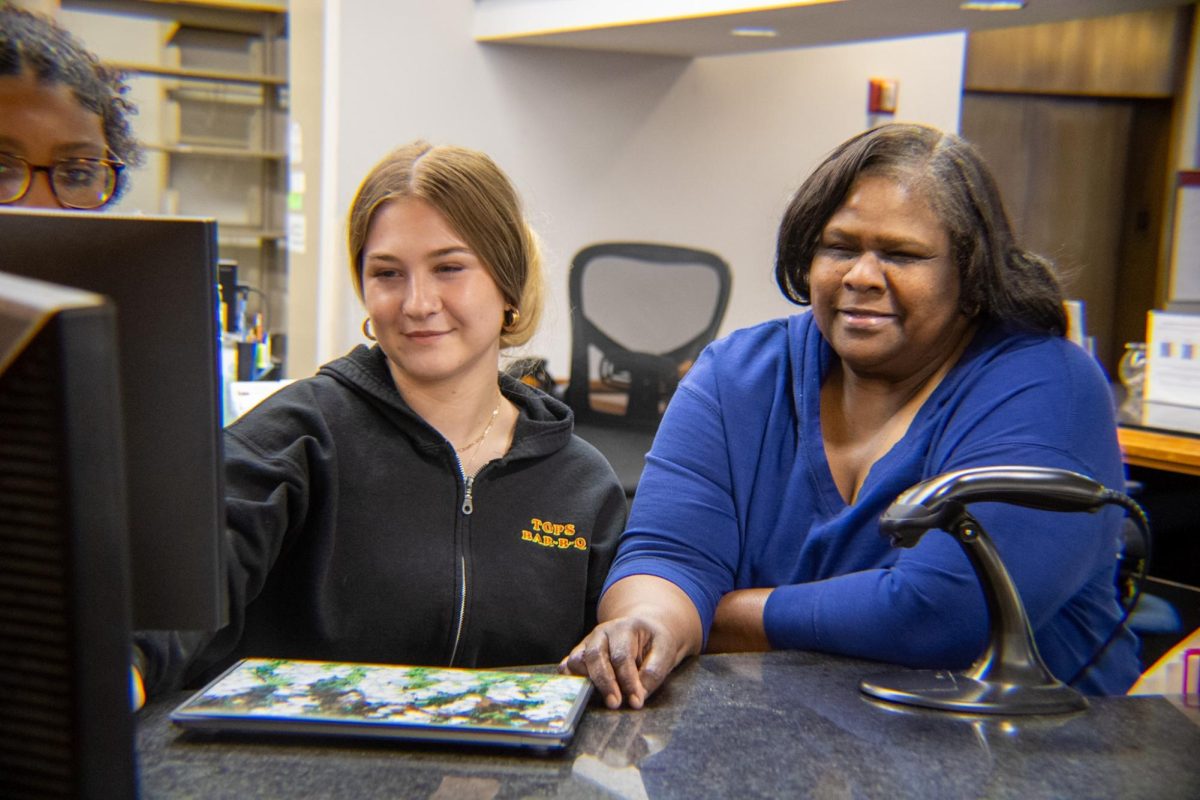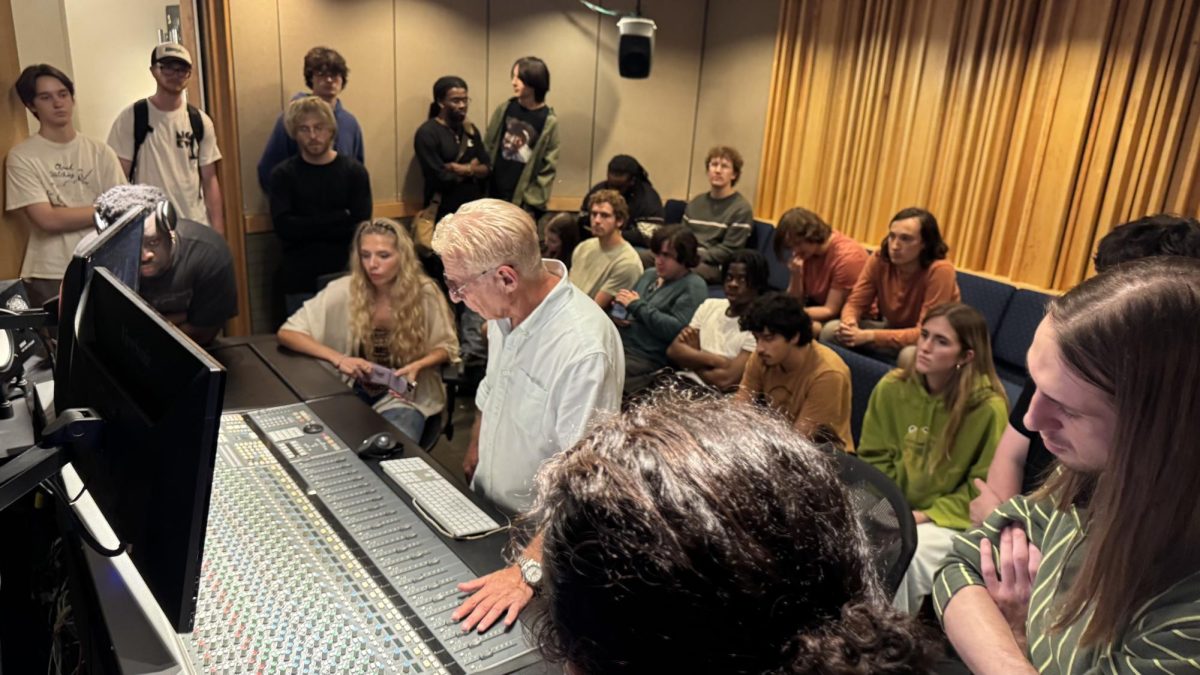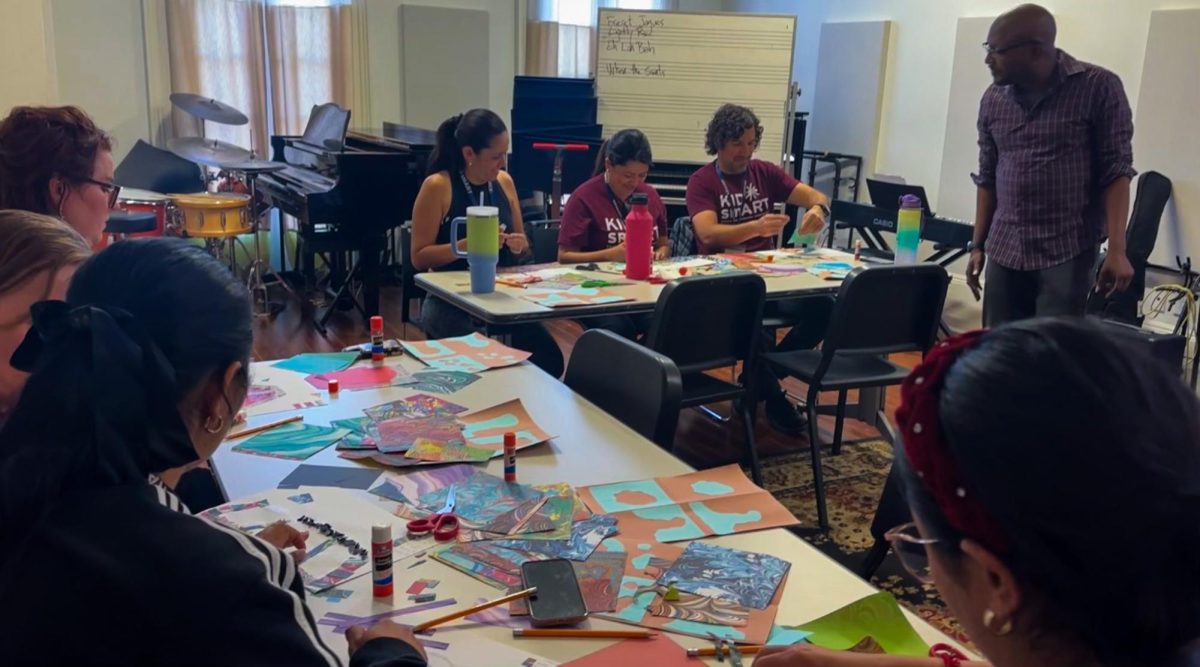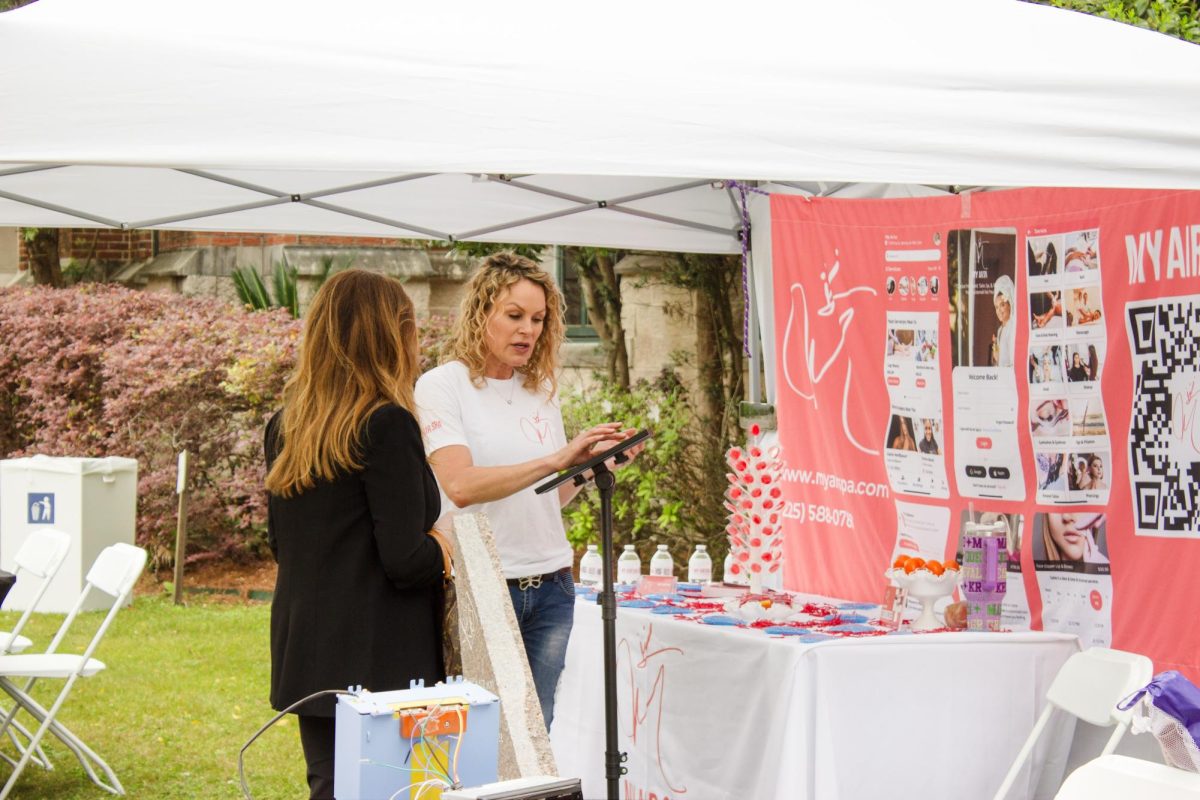The Regional Transit Authority’s crosstie improvement project on the St. Charles Avenue streetcar line arrived at Oak Street before Carnival, causing the closure of more neutral ground intersections.
The ongoing construction to the streetcar line has aggravated several students who rely on the line to get to school.
“It’s just ridiculous,” said KC White, theater communication senior.
White moved from Gentilly in 2010 to the Carrollton area because without a car, she needed to live closer to school. White’s decision to move relied heavily on the full operation of the streetcar line so that she could get to class on time.
White recalls leaving her house one day last spring and finding that the streetcar wasn’t running. She said she believes that there has been no communication from the RTA.
“Communication is key because as the construction moves down, they don’t make announcements about where the bus drops you off. One day I had to walk to Willow; the next, I had to go to the Riverbend,” she said.
Updates on the construction are available on RTA’s website.
White lives about 16 blocks away from campus and now has to take a bus that runs every 20 minutes to the streetcar. It takes her 45 minutes to get to school.
“It’s faster to walk here,” she said.
The neutral ground intersection closures have caused constant traffic and an increase in congestion, according to Uptown resident and criminal justice junior Atticus Hanrahan.
“It makes it difficult to U-turn and get to my favorite local establishments,” Hanrahan said.
The $7 million project is funded through a Federal Transit Administration Rail Modernization grant. It is part of the RTA’s mission to ensure rider safety by replacing all the wooden crossties on the St. Charles Avenue streetcar line from Napoleon Avenue to the intersection at South Carrollton and South Claiborne avenues.
In the late 1980s, when the old wooden crossties, made of Azobi wood, were installed, they were expected to have a lifespan of over 50 years, said Dominic Moncada, marketing and communications specialist for Veolia Transportation, a company that operates and manages public transportation systems in the United States.
“They did not last their entire lifeline because of the unique environment New Orleans has,” he said.
Unlike modern rails built in concrete, the St. Charles Avenue streetcar line is buried underground and has suffered from overexposure to mold, termites and moisture. The new crossties are composed of composite rubber and plastic material and will have a longer lifespan, Moncada said.
New Orleans Mayor Mitch Landrieu praised the RTA for overseeing the repairs to the St. Charles Avenue streetcar line, which he called a 175-year-old national treasure.
“We have worked hard to ensure that passengers, both residents and visitors, continue to have access to the streetcar. Although this project may temporarily inconvenience passengers and St. Charles Avenue traffic at neutral ground intersections, it will better serve our community once it is completed,” Landrieu said.
The project is set to run five blocks every 10 days, and workers are out six days a week in accordance with noise violations. To date, the project has refurbished crossties from South Carrollton and South Claiborne avenues up to Oak Street and is expected to end next year.
Colby Wilson can be reached at ecwilson@loyno.edu



